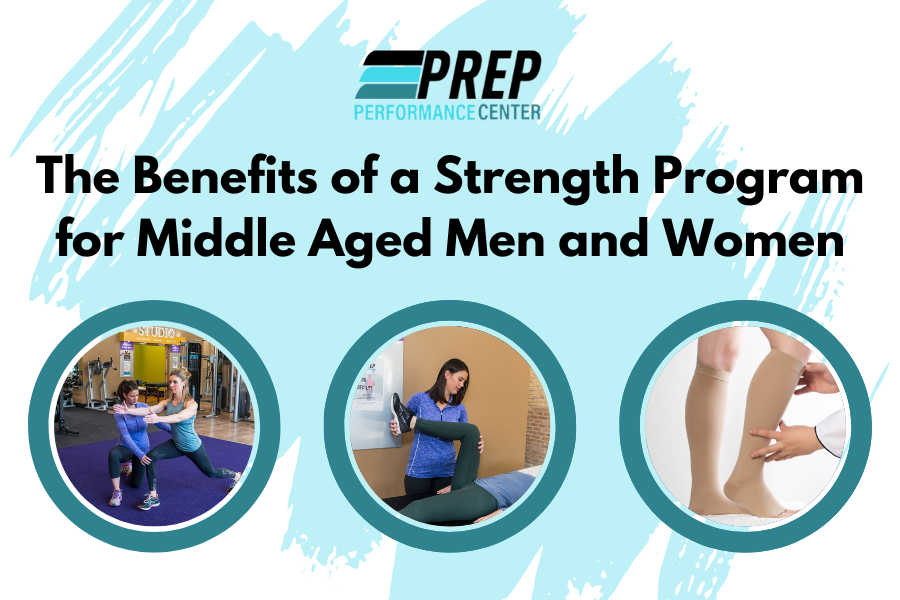A knee replacement surgery, also called an arthroplasty, is a procedure to replace the damaged surfaces of the knee joint. The goal of a knee replacement surgery is to alleviate pain that cannot be helped by other treatments. This surgery is performed only to the surfaces of the joint, not the joint itself. Typically, outpatient procedures will allow same day discharge, while at a hospital the stay can be 1-4 days long. Recovery time varies from 6-8 weeks to 3-4 months, read the guide below to see how you can speed up your recovery!
What’s the fastest way to recover from a knee replacement?
1. Start Walking Right Away
Your healthcare team will have you walking and moving just a few hours after surgery. Due to the swelling and inflammation in the leg, walking right after surgery will help reduce the risk of stiffness and blood clots. You should continue to walk periodically throughout the day to ensure proper circulation.
2. Apply Compression
Be sure to wear compression stockings to further promote circulation as well as the reduction of swelling and pain in the leg. Another alternative would be inflatable compression boots. Pain and swelling is common after surgery, to alleviate the pain use the R.I.C.E. method as shown below. Be sure to only ice 20 minutes on and 20 minutes off for at most 2 hours.
3. Stay active
Staying active is significant in knee replacement recovery, but doing too much will can cause issues. Activities involving jumping, running, or skiing are not recommended as they could do more damage to the “new” knee. Instead, low impact activities such as walking, biking, and swimming should be incorporated into your routine.
4. Participate in Physical Therapy
When meeting with your physical therapist, they will create an exercise program, evaluate your performance, and provide feedback. The key focuses of therapy will be strength and mobility, and the level of impact will be determined by the current phase of recovery. For example, immediately following surgery they will have you walking with crutches/walk and climbing stairs with support, but as you advance they will have you biking and performing full-load bearing exercises.
5. Post-Operative Care
Listen to your healthcare team on how to take care after surgery. Your team will want you to stay active, ensure proper wound care, attend follow-up appointments, and take the medications prescribed to you as instructed.
Ready to Get Back to Fun? Click the button below and download Our Guide for a Safe Return to Recreational Activities.
Download our Return to Recreational Activities Guide
Source:
1. https://www.hss.edu/conditions_life-after-knee-replacement.asp
2. https://www.mayoclinic.org/tests-procedures/knee-replacement/about/pac-20385276
3. https://www.nm.org/conditions-and-care-areas/treatments/knee-replacement-surgery?gclid=Cj0KCQiAiJSeBhCCARIsAHnAzT9_noz73YK2APQHv37Np5BCNldYtienLeGUBsiw-JnO8m58N7w__TEaAiSFEALw_wcB
4. https://orthoinfo.aaos.org/en/recovery/activities-after-knee-replacement/


